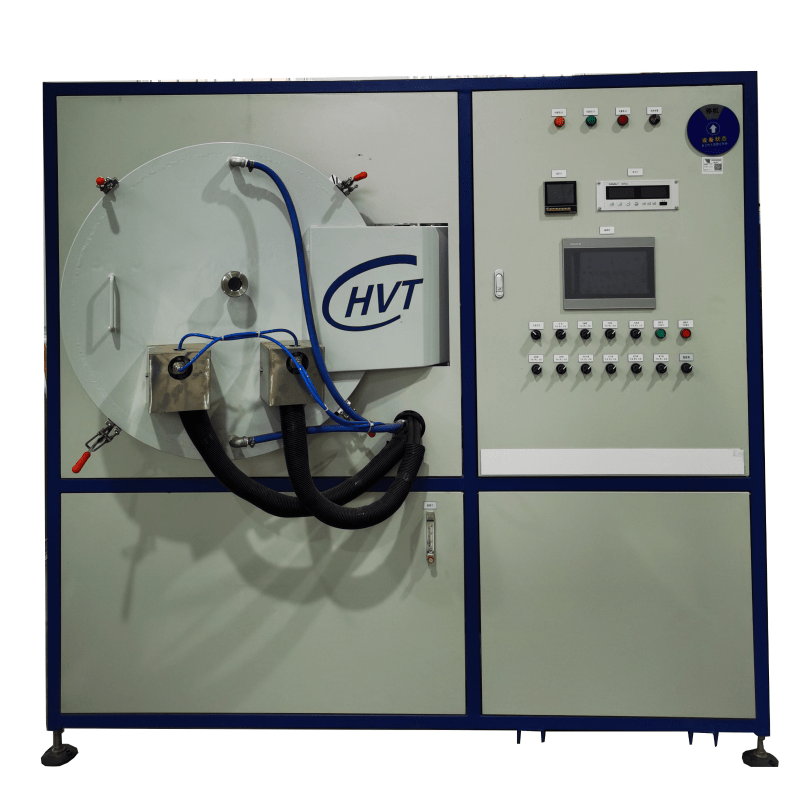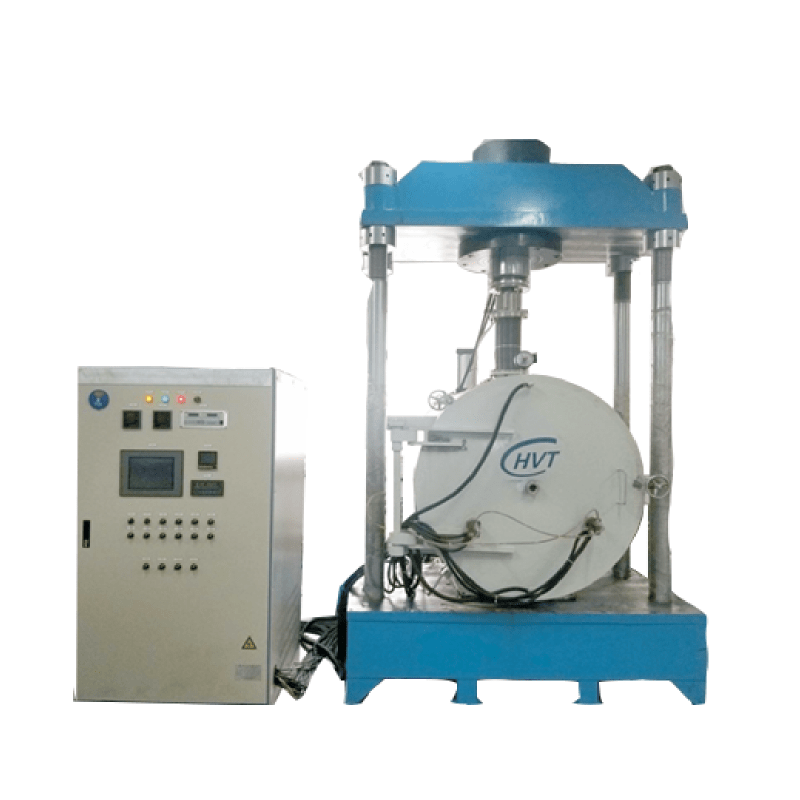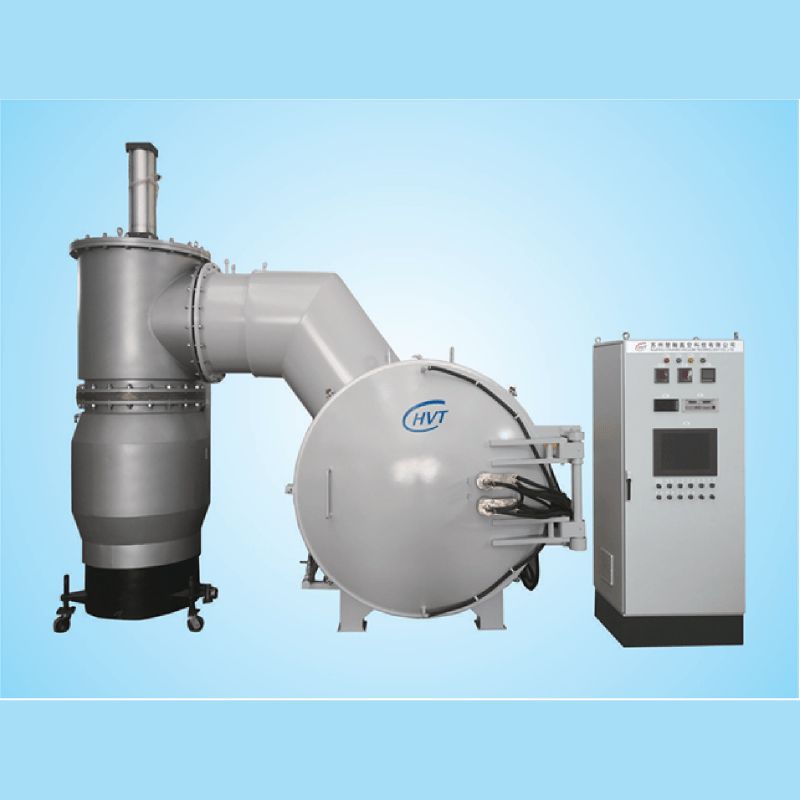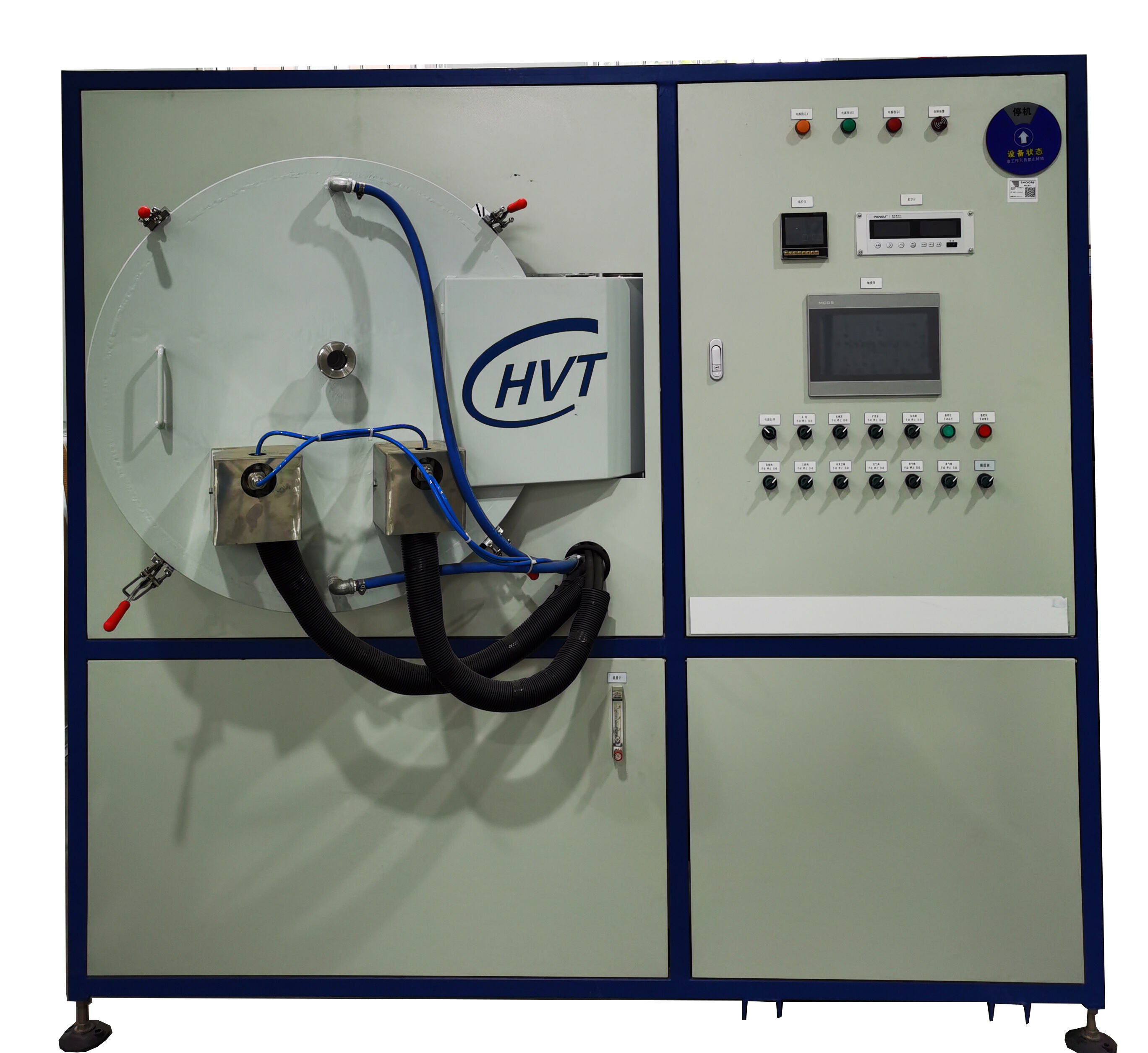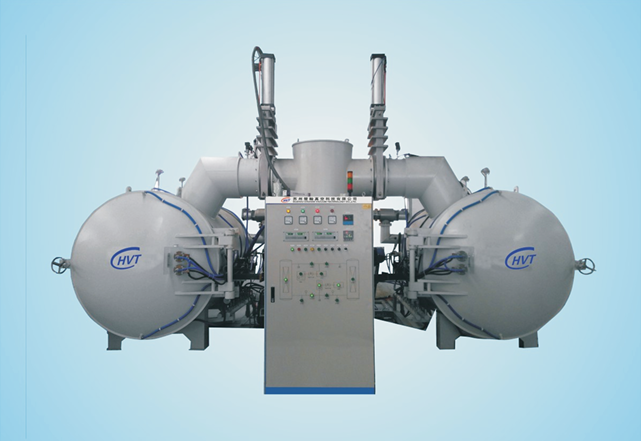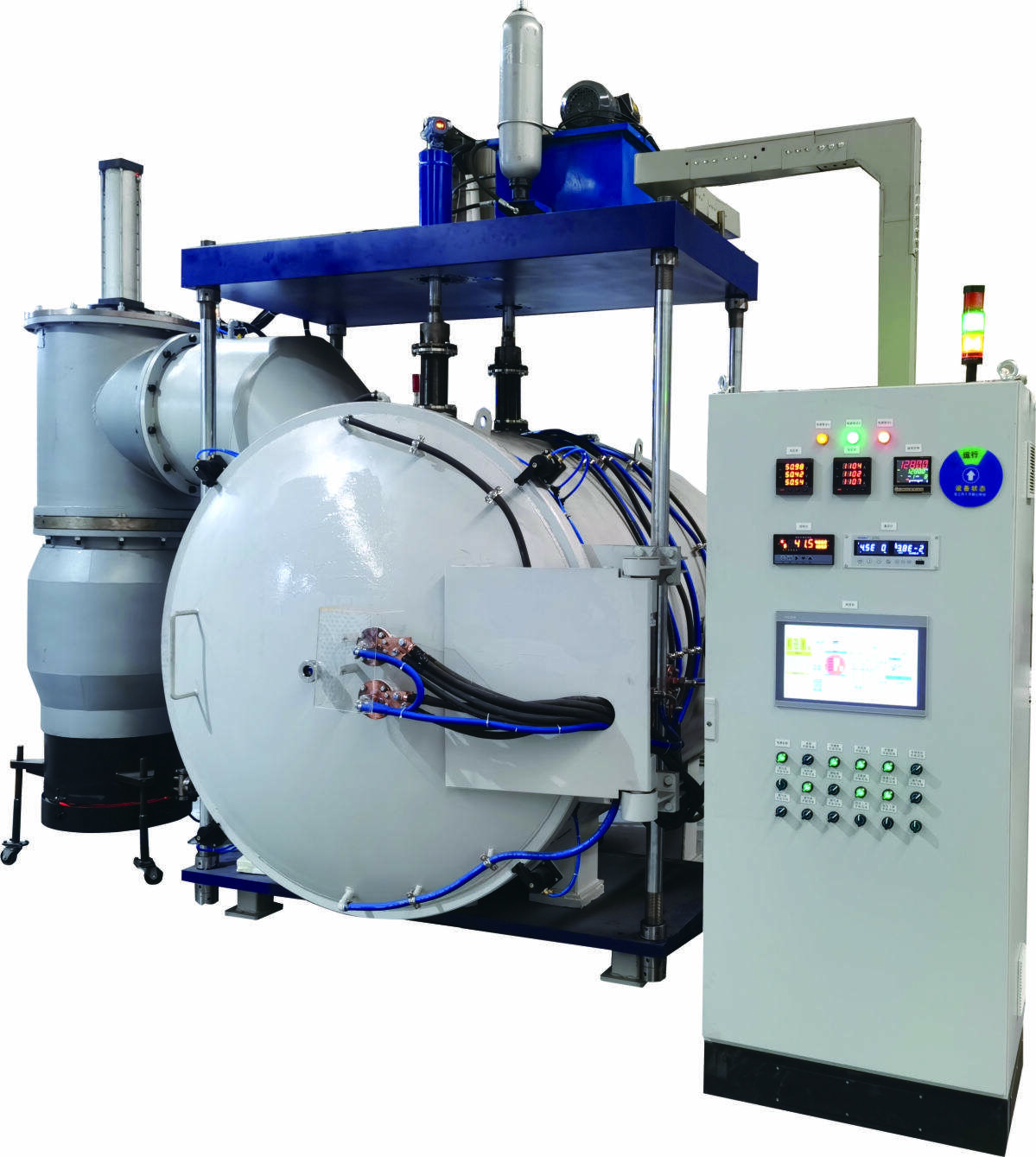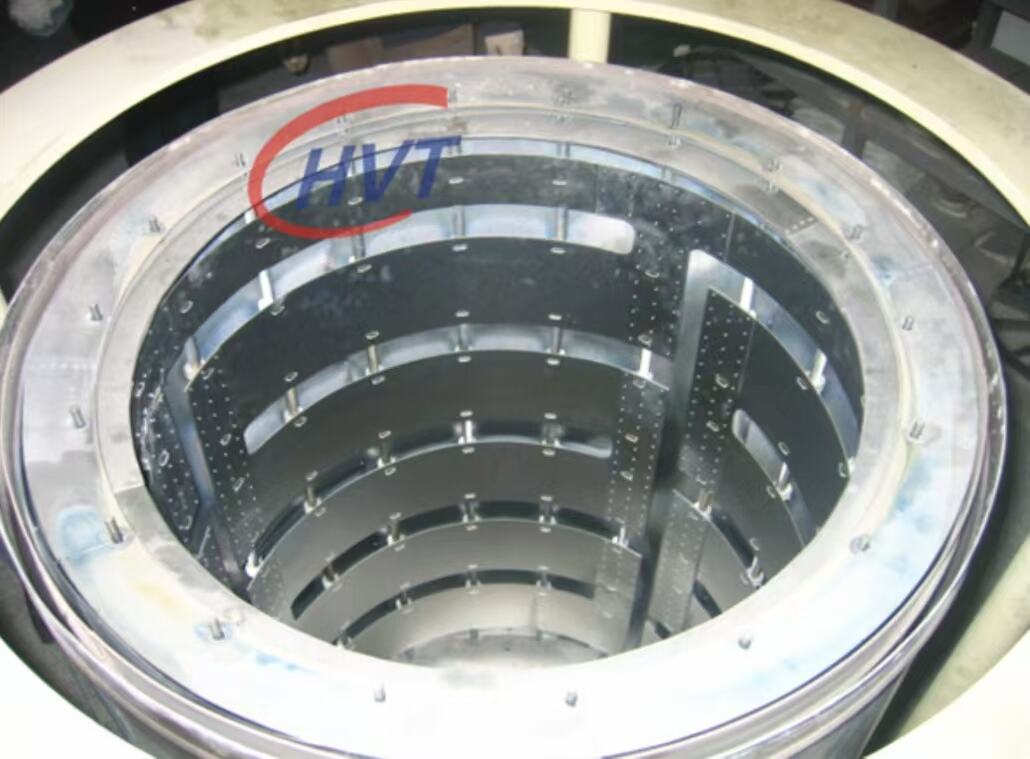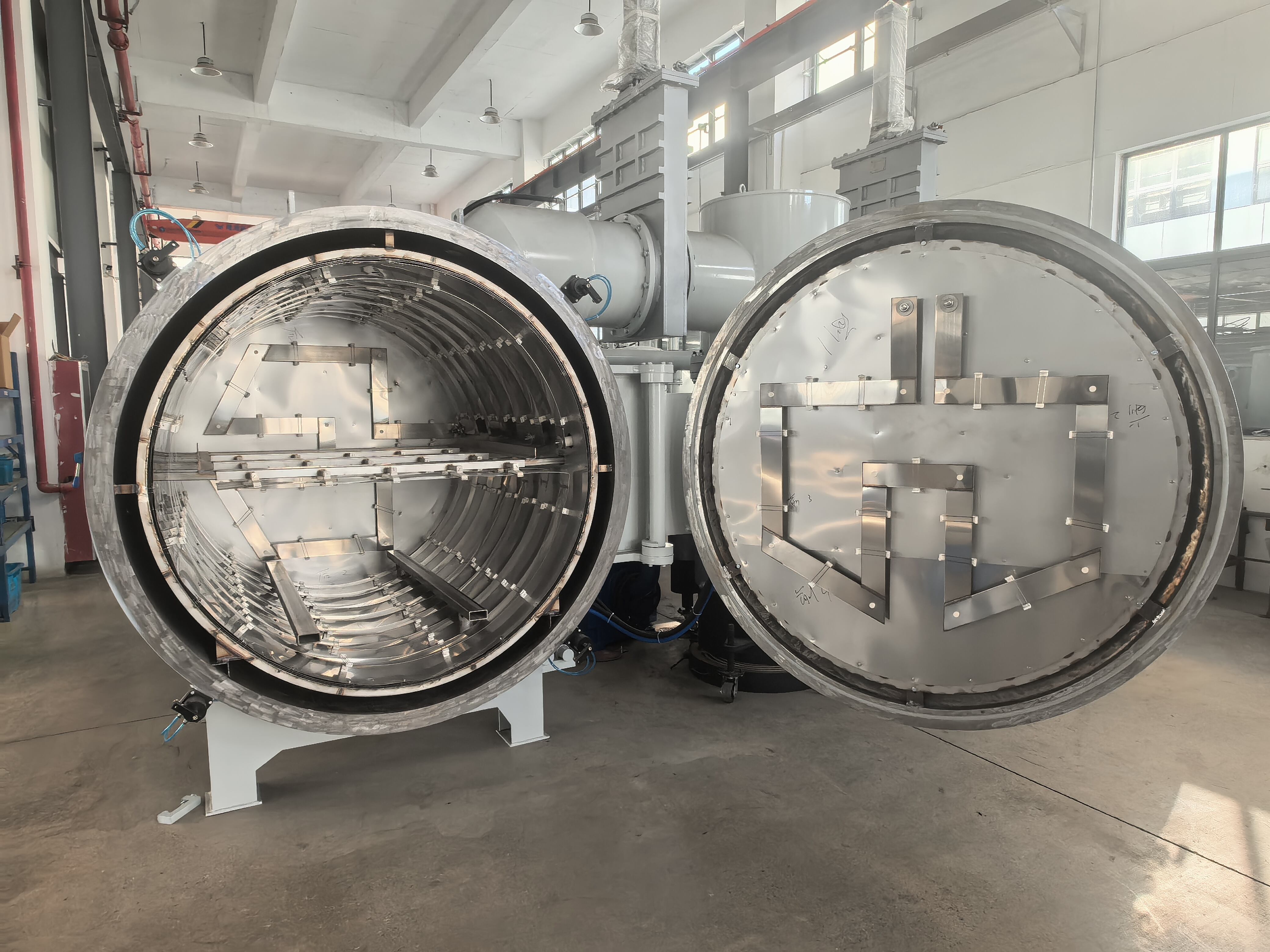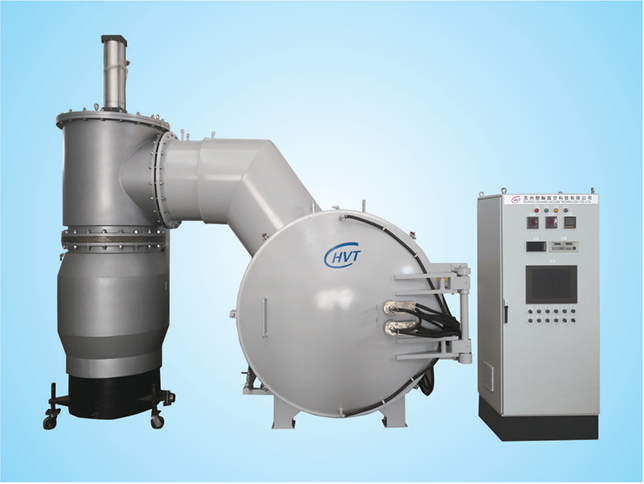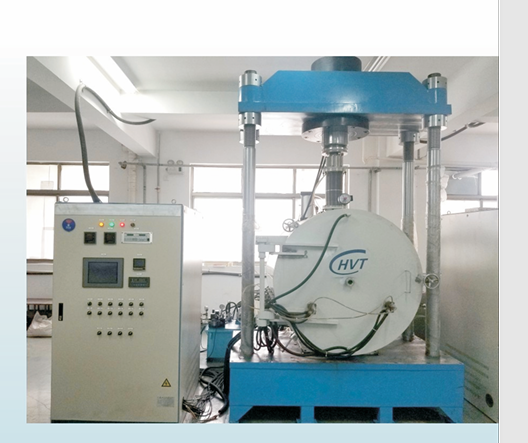cost of induction furnace
The cost of induction furnace represents a significant investment in modern metallurgical operations. These furnaces typically range from $10,000 to $1,000,000, depending on capacity and specifications. The primary function of an induction furnace is to melt and heat metals through electromagnetic induction, offering precise temperature control and clean melting conditions. The technology employs electromagnetic fields to generate heat directly within the metal, resulting in efficient energy conversion and minimal heat loss. Modern induction furnaces feature advanced digital controls, automated loading systems, and sophisticated power management systems. Applications span across various industries, including foundries, steel mills, precious metal refineries, and manufacturing facilities. The initial investment encompasses not only the furnace itself but also installation costs, power supply systems, and necessary auxiliary equipment. Operating costs primarily consist of electricity consumption, maintenance, and refractory materials. The size options range from small units processing a few kilograms to industrial-scale furnaces handling several tons per heat. Different models offer varying features such as tilting mechanisms, automated charging systems, and advanced monitoring capabilities, each affecting the overall cost structure.

